Nội Dung Chính
(Page 76)
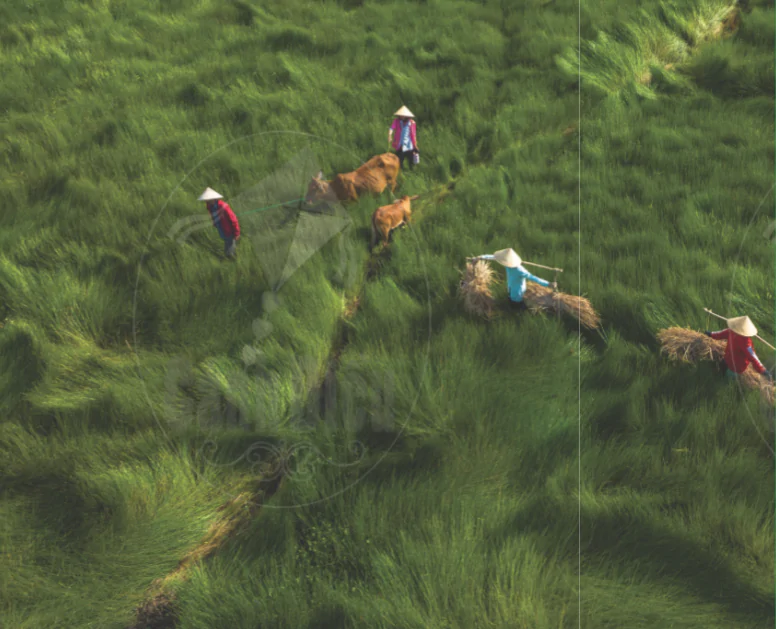
A family returning home after a day of farming work in Quảng Nam, Việt Nam
A. Look at the title and the photo. What do you think the text will be about?
B. Skim the article. Place the letters of the subheadings in the correct places. One is extra.
a. Religions
b. Human Relationships
c. Way of Life
C. Talk with a partner. Do you think knowing about the past is important? Why (not)?
A SLICE OF THE PAST
Before the 1960s, Việt Nam was mainly a farming society. Villages were the central social units, and people's way of life centered around these villages. Each family in this society lived and had different key values.
_____ Vietnamese families at that time ate rice, vegetables, and fish for survival. Since rice was their main crop, they chose to live in one place for a long time. They also liked to live near their relatives in simple bamboo and straw-roofed houses. Social and economic stability was important, leading to their beliefs in working hard, appreciating farmland, and maintaining a healthy lifestyle.
_____ In many Asian cultures, most large, extended families lived together under the same roof. However, in Vietnamese culture, nuclear families* were more common. This small family structure was suitable for farming and community life. Values in these relationships included loyalty and love between husbands and wives, respect and honor between parents and children, and a sense of unity among siblings. These values created close-knit relations within the family and helped maintain stability and sustainability despite societal changes.
In summary, the past lifestyle in Việt Nam was deeply connected to farming traditions, emphasizing values such as living in
harmony with the natural environment and having strong family connections. These influenced how Vietnamese people lived for many generations.
🎧2-27 OPTIONAL AUDIO
*A nuclear family consists of parents and their children.
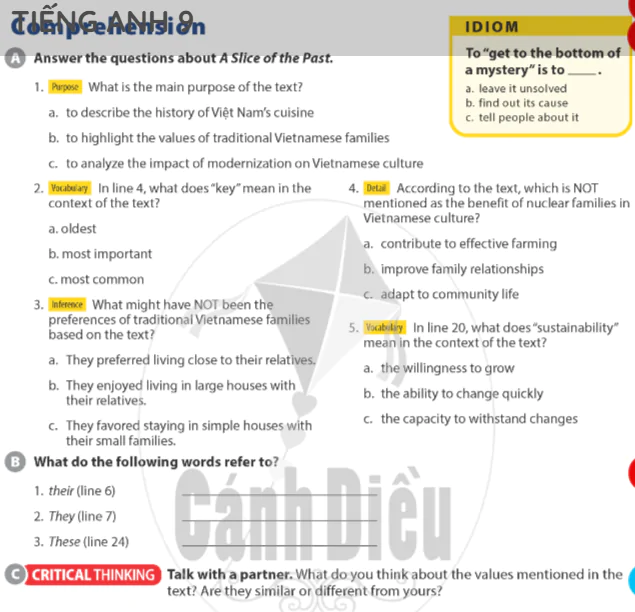

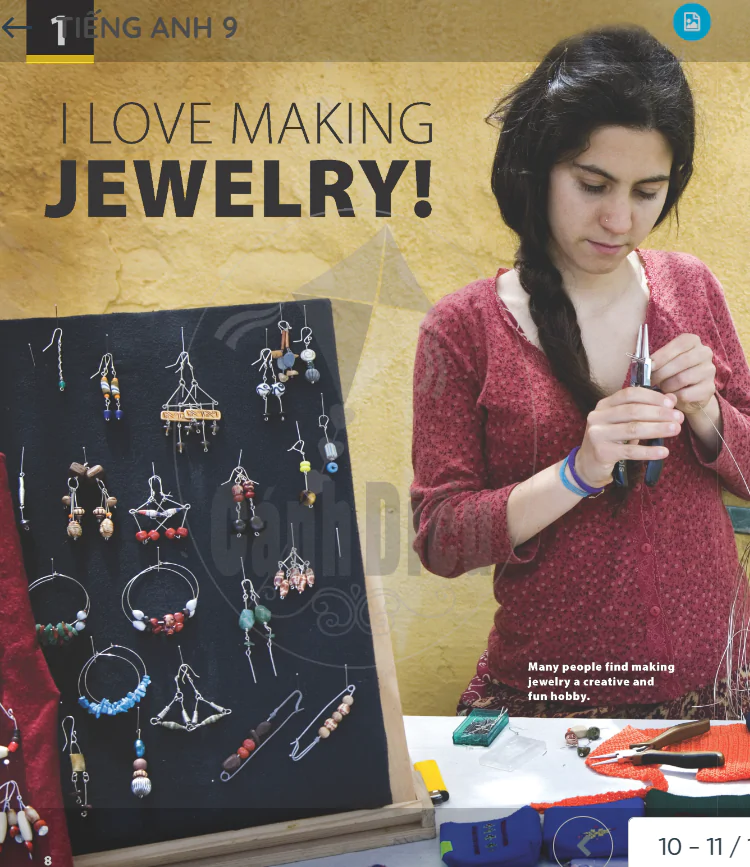
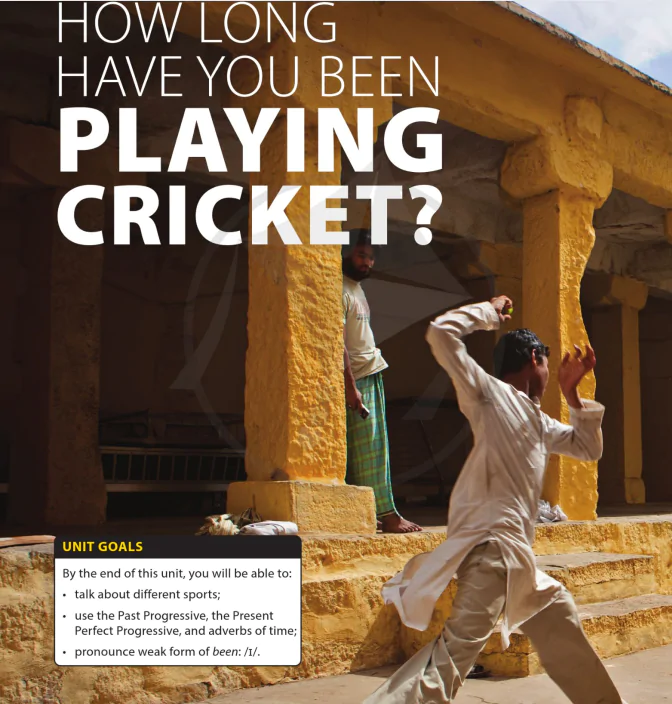


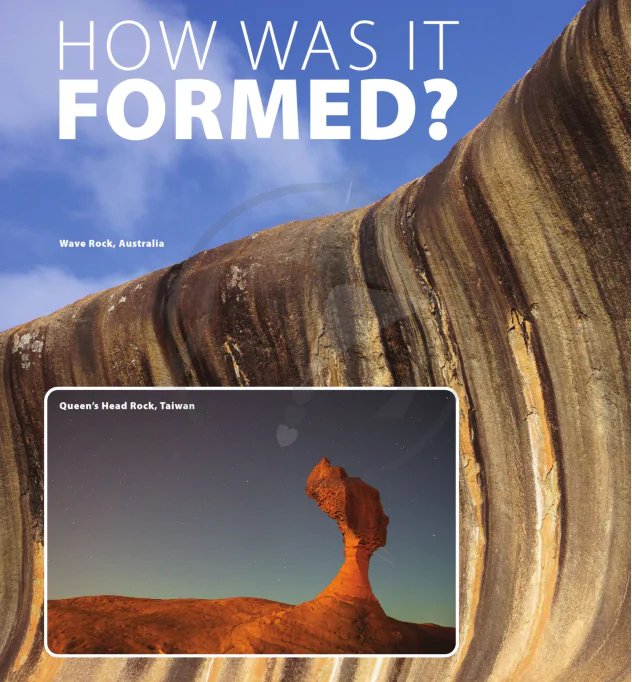

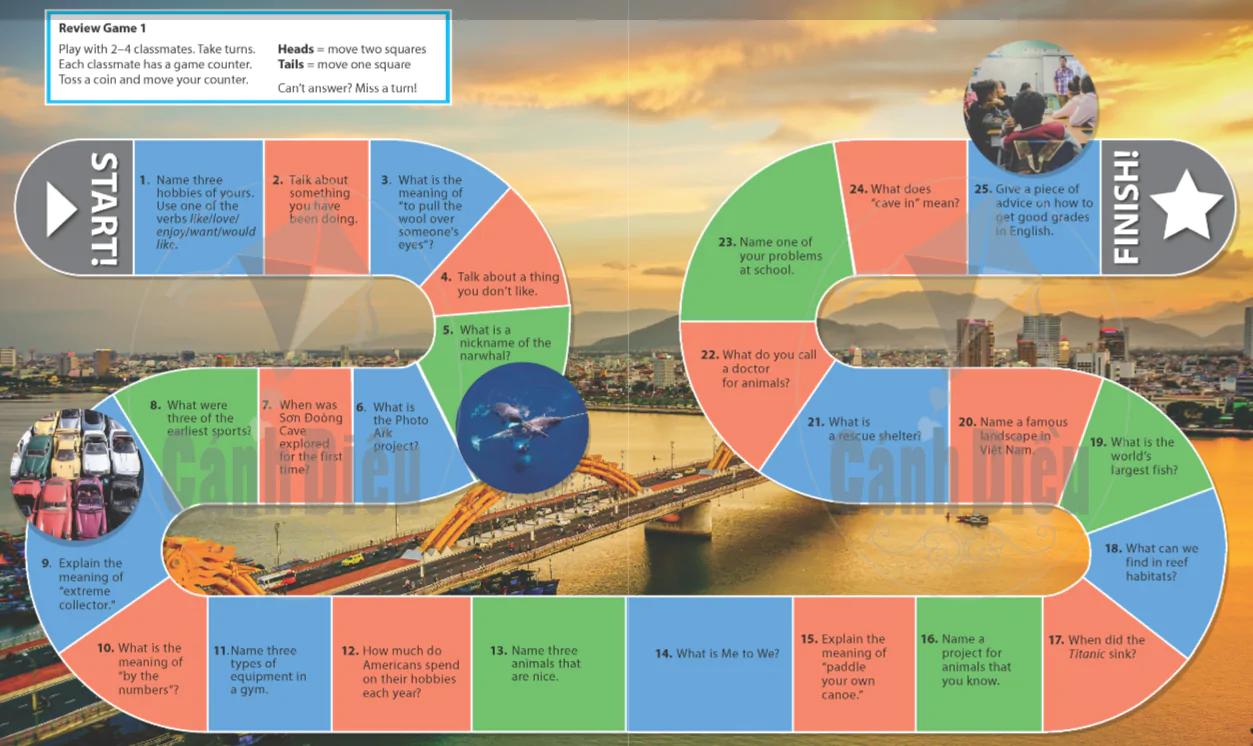
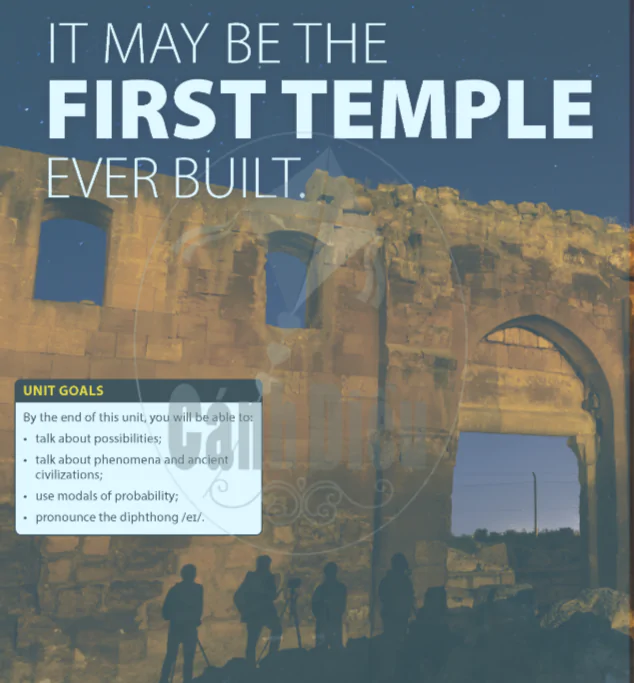
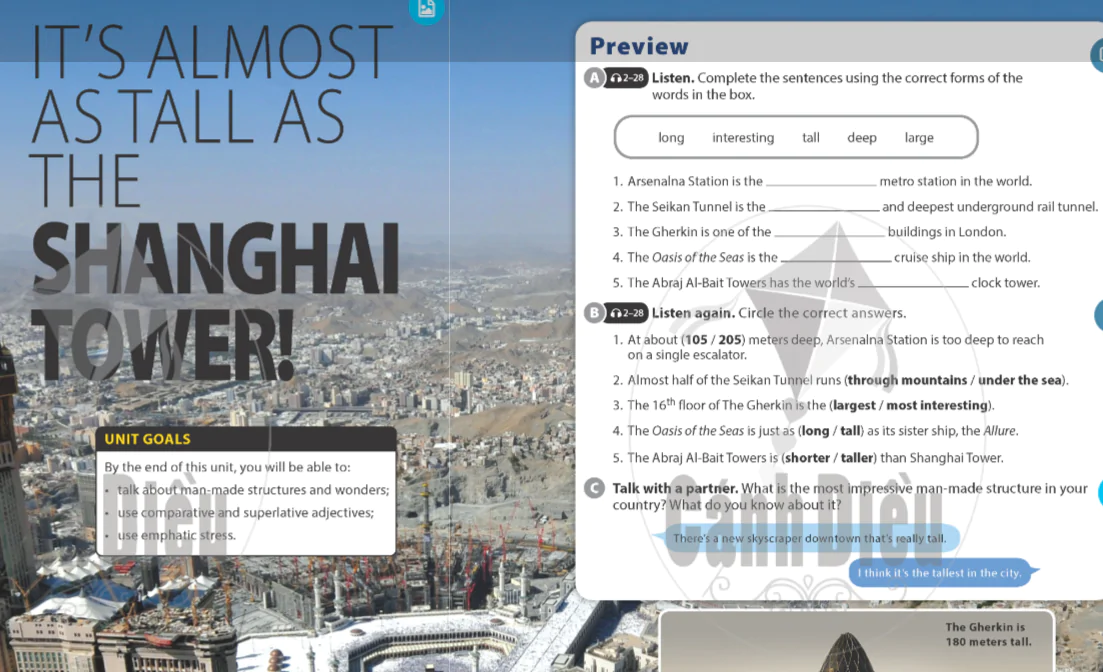




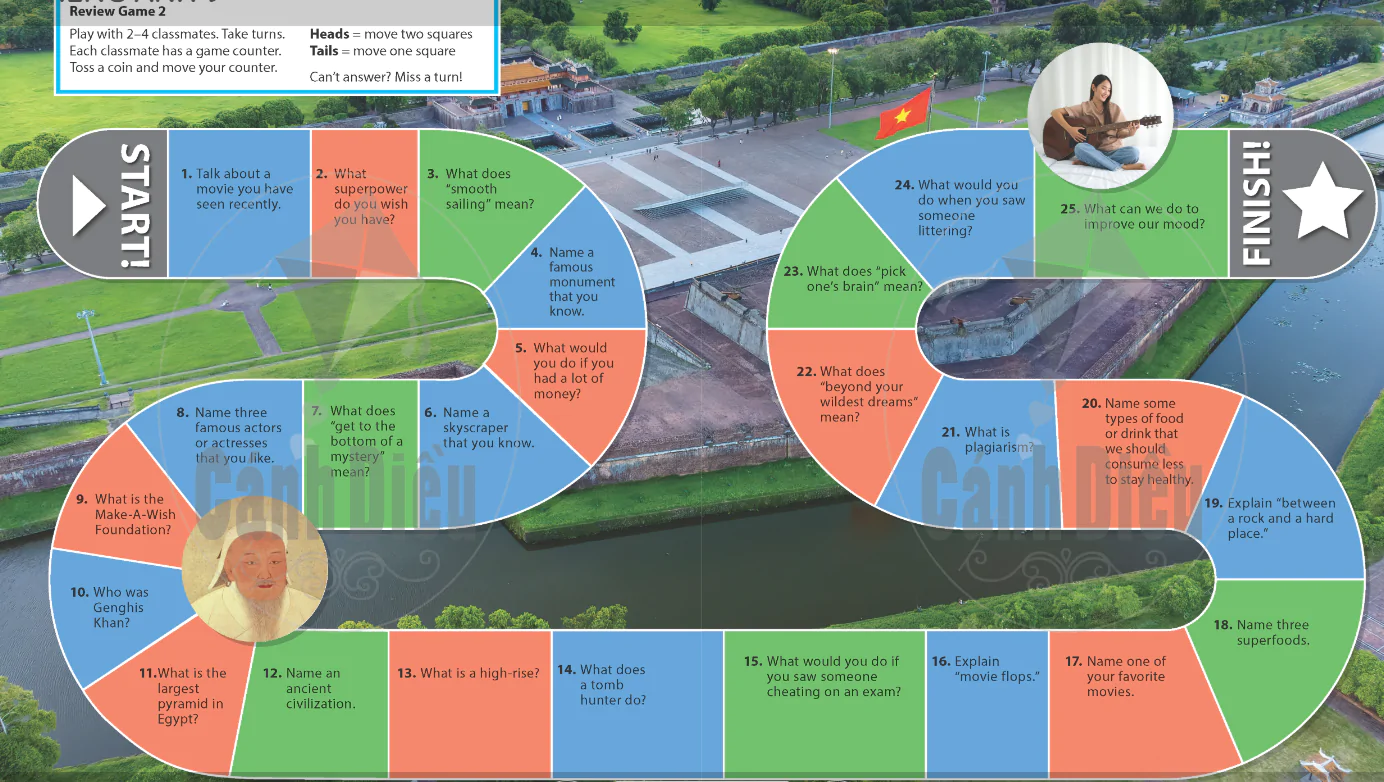
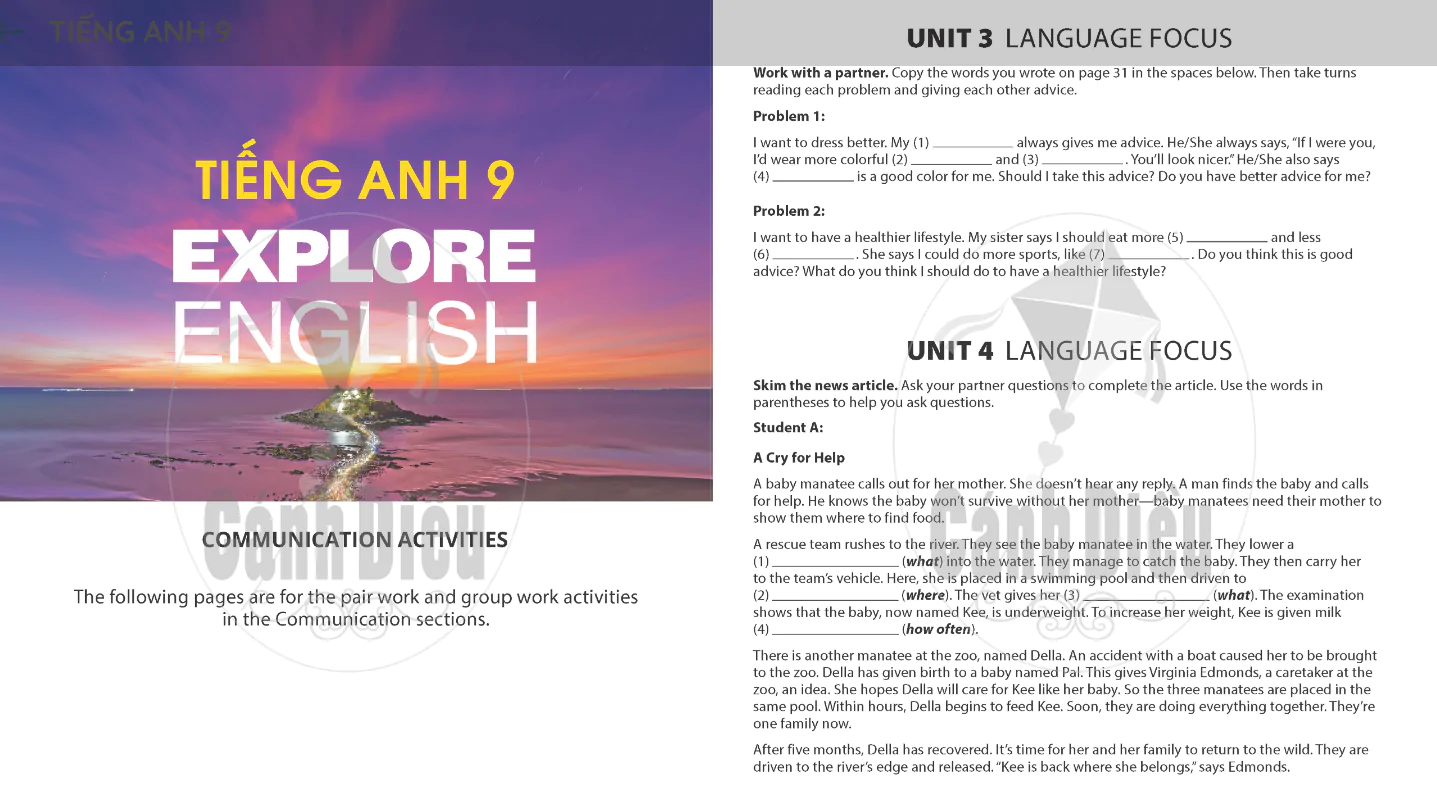

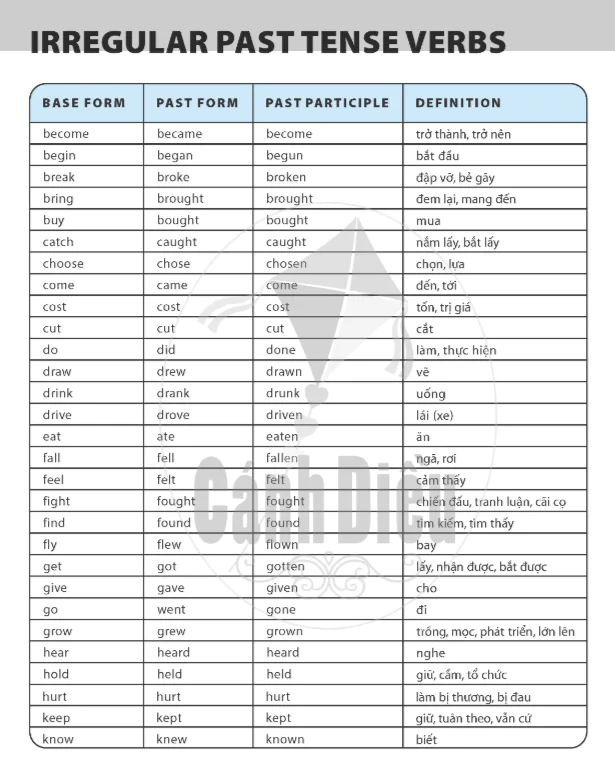
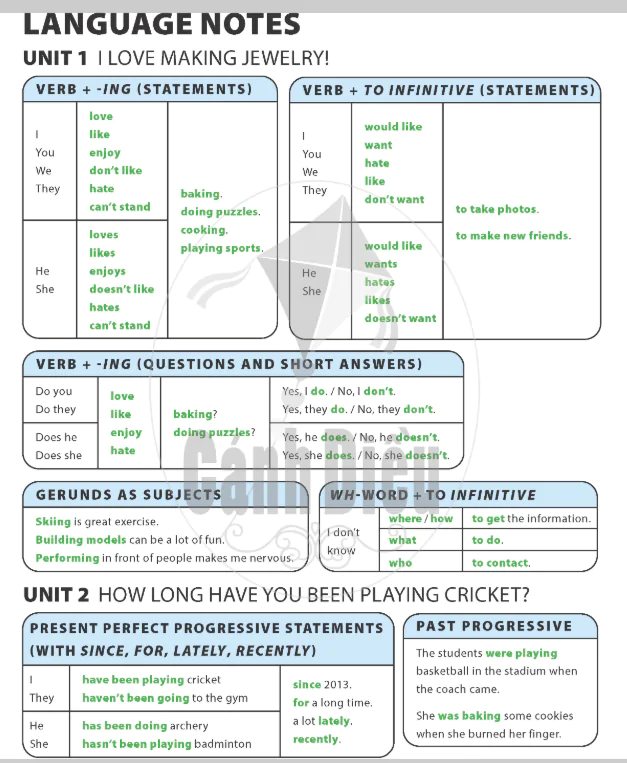
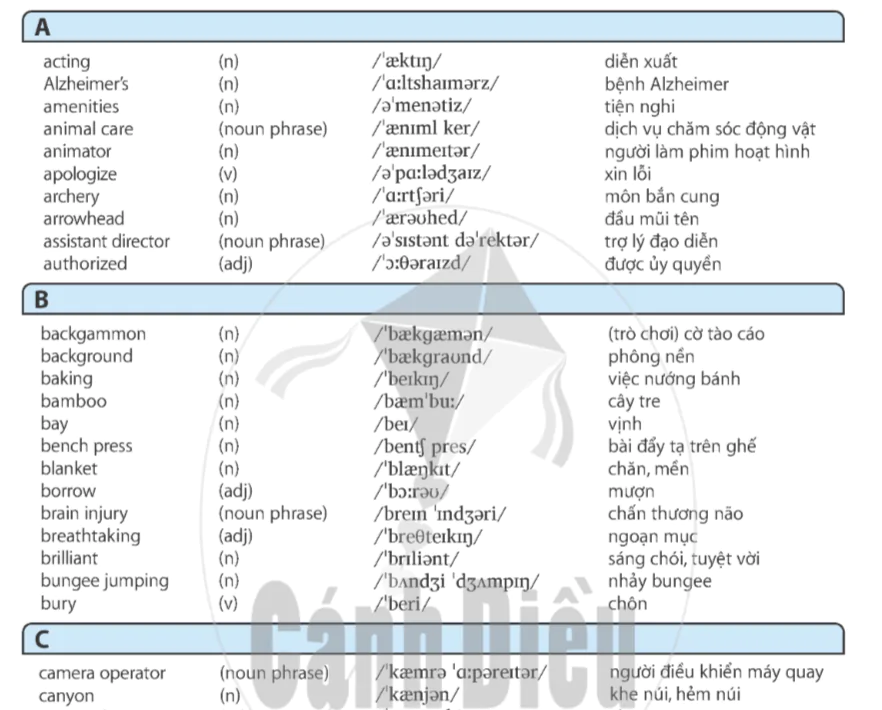


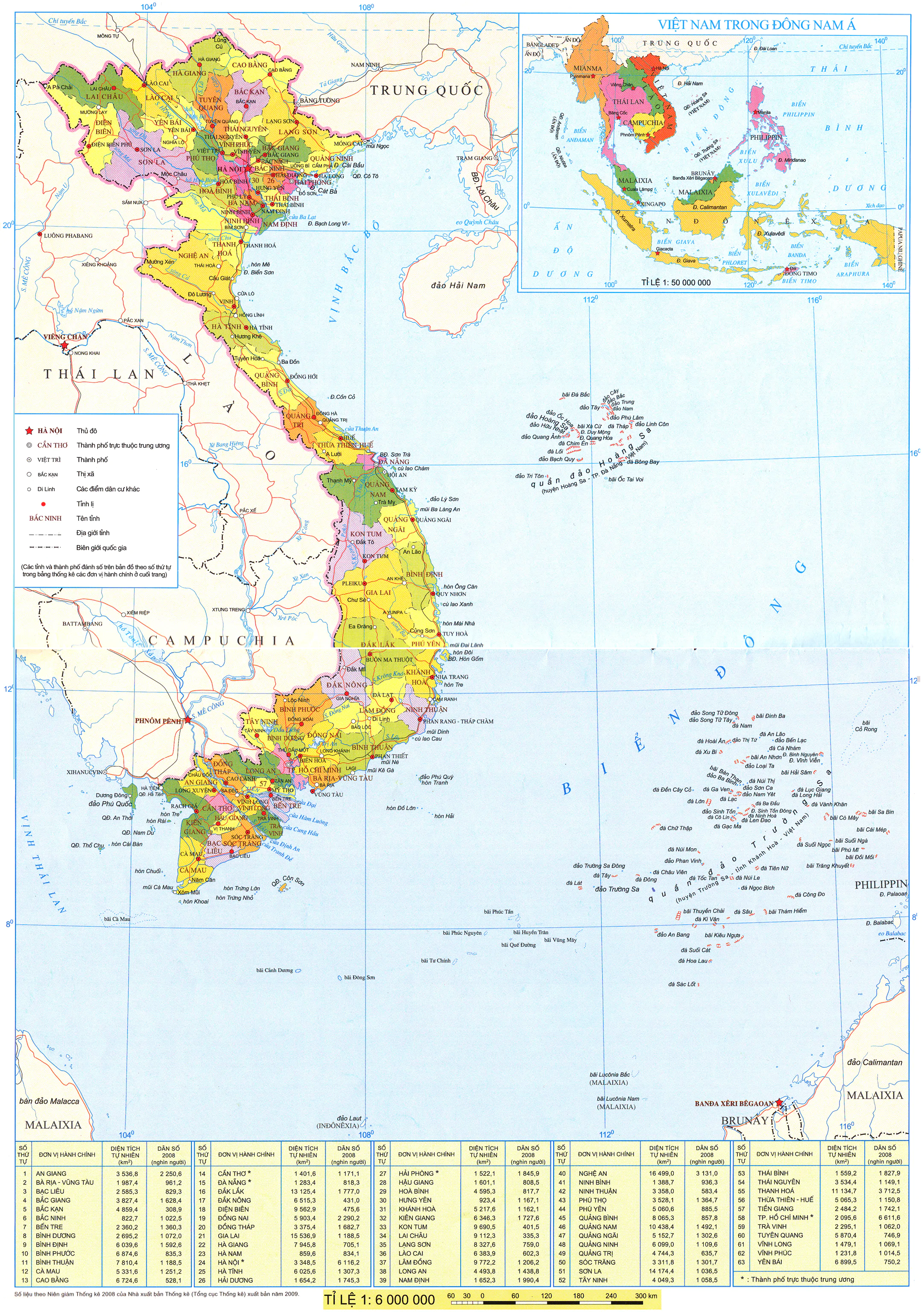
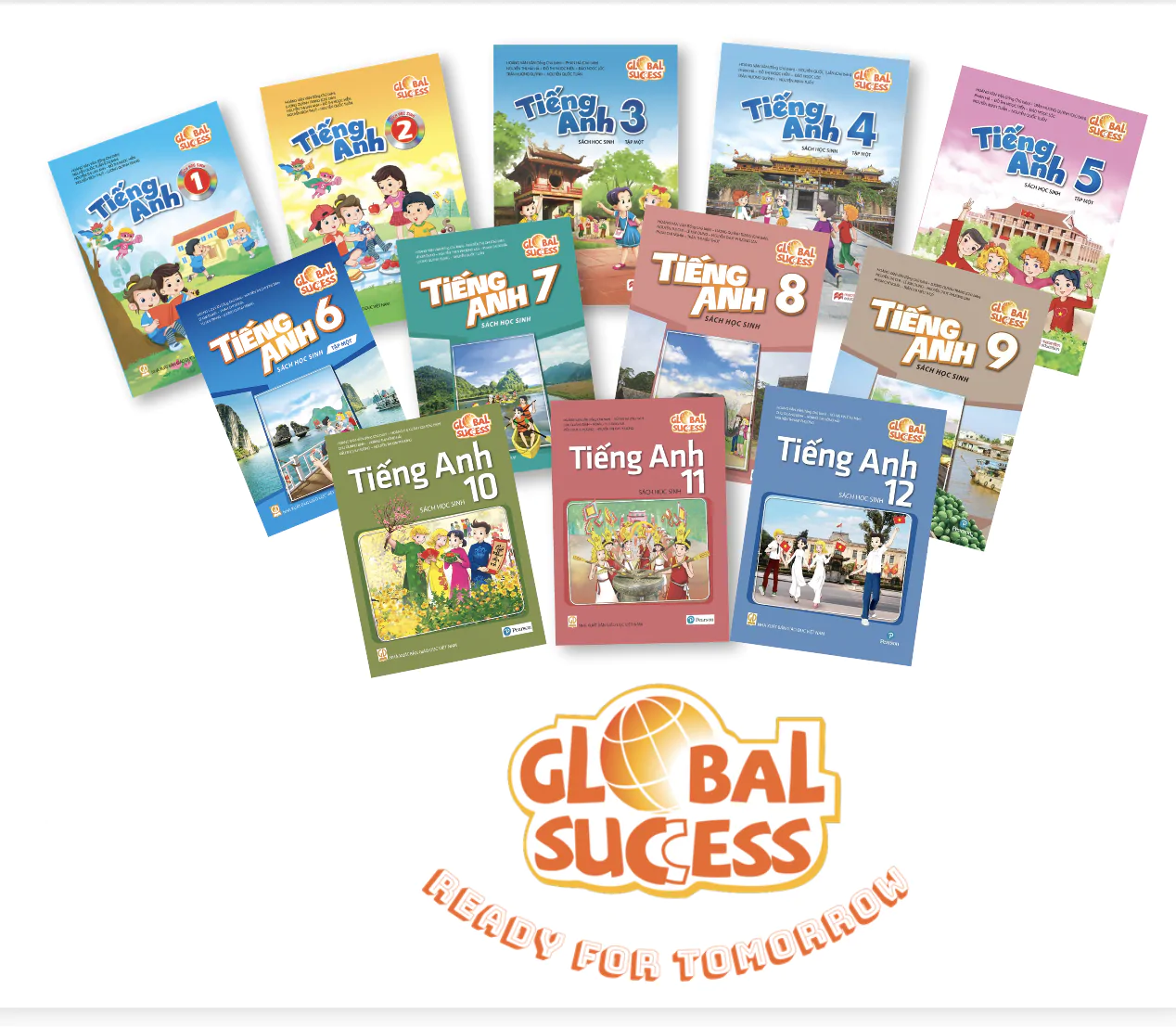
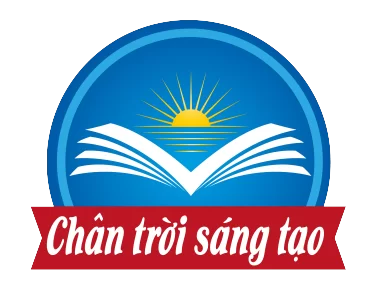
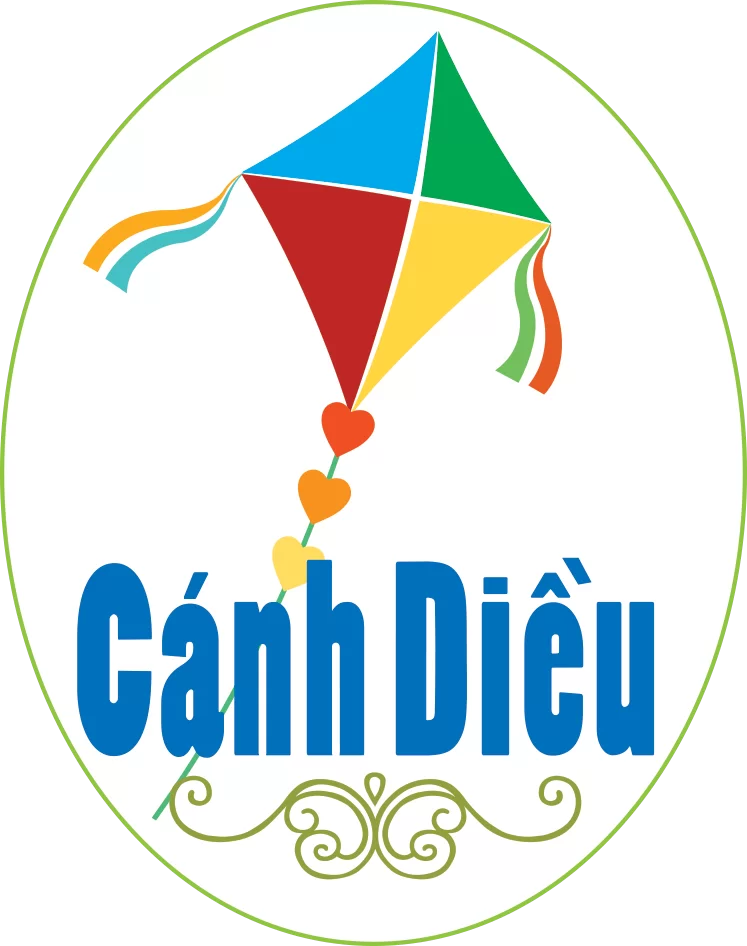
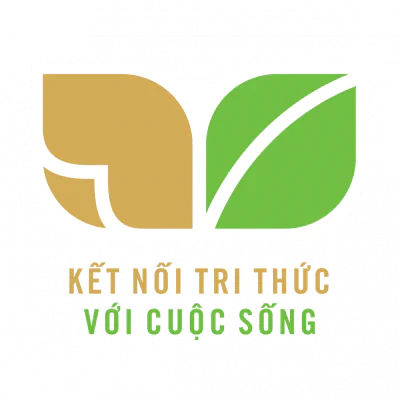











Bình Luận
Để Lại Bình Luận Của Bạn